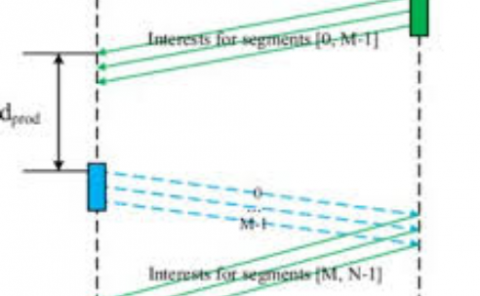Depth Perception in Augmented Reality: The Effects of Display, Shadow, and Position
PubDate: April 2022
Teams: Vanderbilt University;University of Utah
Writers: Haley Adams; Jeanine Stefanucci; Sarah Creem-Regehr; Bobby Bodenheimer
PDF: Depth Perception in Augmented Reality: The Effects of Display, Shadow, and Position

Abstract
Although it is commonly accepted that depth perception in augmented reality (AR) displays is distorted, we have yet to isolate which properties of AR affect people’s ability to correctly perceive virtual objects in real spaces. From prior research on depth perception in commercial virtual reality, it is likely that ergonomic properties and graphical limitations impact visual perception in head-mounted displays (HMDs). However, an insufficient amount of research has been conducted in augmented reality HMDs for us to begin isolating pertinent factors in this family of displays. To this end, in the current research, we evaluate absolute measures of distance perception in the Microsoft HoloLens 2, an optical see-through AR display, and the Varjo XR-3, a video see-through AR display. The current work is the first to evaluate either device using absolute distance perception as a measure. For each display, we asked participants to verbally report distance judgments to both grounded and floating targets that were rendered either with or without a cast shadow along the ground. Our findings suggest that currently available video see-through displays may induce more distance underestimation than their optical see-through counterparts. We also find that the vertical position of an object and the presence of a cast shadow influence depth perception.



